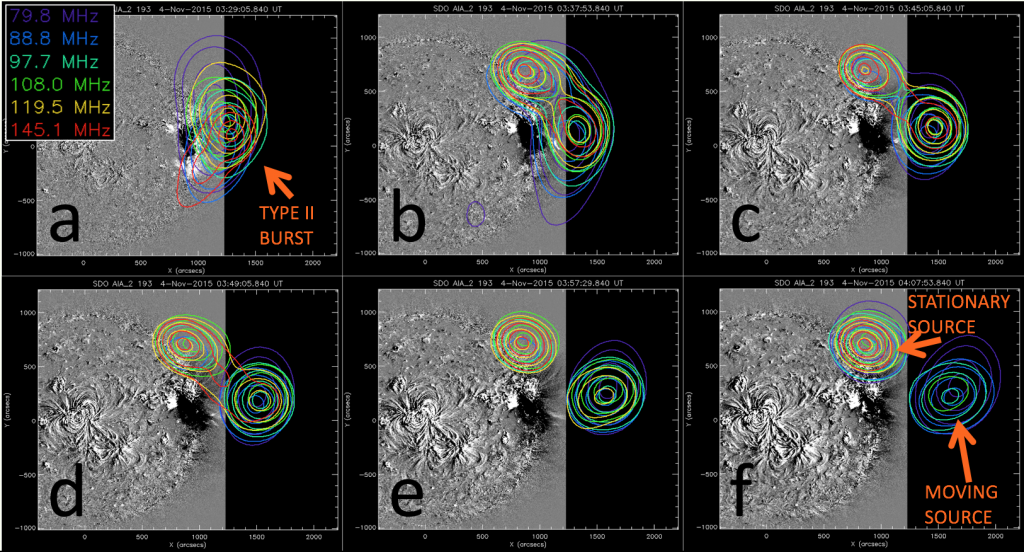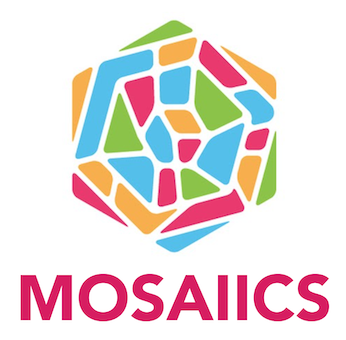Low-frequency radio imaging observations of CME-related phenomena, which are found quite rarely in the literature, provide a wealth of information about coronal shocks and shock-accelerated electron beam spectra in the corona. However, automated pipelines for their processing and analysis are still in early stages of development, which precludes solar physicists from accessing them. We will address this issue by improving the performance of the AIRCARS processing pipeline for MWA observations. We will also improve its user friendliness, in order to promote use by solar physicists, and to increase its output. We will adapt AIRCARS for use with LOFAR data, and, eventually, SKA-Low data. This will remove a significant time bottleneck of the routine analysis of such observations, and unlock rich, rarely explored high fidelity solar datasets. Given the expected enormous amount of images to be produced with AIRCARS, we will develop proper interfaces and procedures for subsequent automated processing, analysis and feature characterization with our computer vision and Deep Learning models.

Using the high fidelity, flux-calibrated multi-frequency radio observations thus available from LOFAR and MWA, we will study the dynamic features of solar eruptions and the time-dependent spectra of energetic electron beams in the corona. We will perform investigations of type II burst evolution and relate them to traditional dynamic spectra and EUV wave observations. The imaging observations will be connected to data-driven differential emission measure (DEM) models of coronal plasma density and temperature. These studies will allow us to investigate in detail the relationships between the time-dependent ranges of frequencies of type II bursts, coronal densities, and to constrain shock morphologies and strengths. We will study the elusive synchrotron emission from CMEs, caused by energetic electron beam spectra trapped in CME flux ropes. Using the Fast Gyrosynchrotron Codes model of Fleishman & Kuznetsov (2010), we will fit emission spectra and constrain the electron beams responsible for the emission as well as magnetic field strengths and orientations. This work will allow us to follow the cores of CMEs and drivers of shocks in the outer corona/inner heliosphere. We will also study the phenomenon of moving type IV bursts, which are expected to be related to electron acceleration in reconnecting current sheets behind the CMEs.
The MOSAIICS project is funded under contract KP-06-DV-8/18.12.2019 to the Institute of Astronomy and NAO, BAS, under the National Scientific Program “VIHREN” of the Bulgarian National Science Fund.
